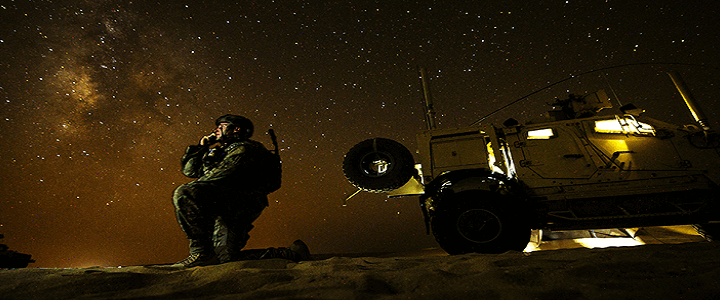While events on the U.S.-Mexico border have pushed the proposed Space Force off the front pages, the idea isn’t going to go away. The bureaucratic wrangling will be a fun show for those with ringside seats. And yes, those with ringside seats really do enjoy watching other bureaucrats fight over funds and control of organizations.
From available reports, the new Space Force would be a service with a relationship to civilian leadership like that of the Marine Corps (or as an Army buddy of mine calls it, the Navy’s Army that has its own Air Force). The USMC does not have a service secretary; it reports to the Department of the Navy. The “separate but equal” Space Force will likely report to the Secretary of the Air Force.
But there are still plenty of turf battles to be fought. So as the sides marshal their forces and prepare for the clash of bean counters, let’s look at what is at stake.
General Officer Billets
The number of general officers each service is allowed to have is set by law. Tile 10 of the U.S. Code, which covers the armed forces, allows the Air Force to have a total of 198 generals. Some of those will have to go to the Space Force. This would include at least two four-star positions, since Space Force will need a chief of staff and a vice chief of staff, or something equivalent with a different title.
The Space Force will need a staff; the deputy chiefs of staff in each service (at a minimum, the DCS for personnel, intelligence, operations and plans, and logistics) are three-star generals. The Air Force doesn’t have spare three-star generals in storage it can dust off and provide to Space Force. Congress will have to authorize more of these slots.
The Space Force chief of staff would also be part of the Joint Chiefs of Staff. Expect the other services to grumble that such an arrangement will give the Air Force the equivalent of two seats at the table. No one at this point really believes that Space Force will be independent from the Air Force.
spy satellites
The National Reconnaissance Office is a strange beast. The office is responsible for operating the nation’s constellation of spy satellites, which in typically cryptic fashion, it calls “overhead sensors.” The NRO serves two masters: the Director of National Intelligence and the Secretary of Defense. It is a part of the so-called “Fourth Estate,” the direct-reporting and field-operating agencies that orbit the Office of the Secretary of Defense.
The NRO is a no-brainer to move into Space Force, but other similar organizations aren’t. The National Geospatial Intelligence Agency, which works with lots of the information provided by the NRO, has become a powerfully independent agency in the post-9/11 world. It relies on the output of those overhead sensors, but doesn’t own or operate them. If I had to place a bet, I’d say the NGA stays independent.
space force Astronauts
There are currently 42 active astronauts working for NASA. Many of them are still active duty members of the armed forces. Being a pilot is the easiest way (although the selection process is really anything but easy) to get into the astronaut corps, but scientists do make the cut, too. For that reason, the Air Force and Navy provide the most military astronauts. It’s easy to see how any service member selected for the astronaut corps could be required to laterally transfer to the Space Force.
But sorry Marines and Army infantrymen: as much as you’re dying to sign-up to fight aliens, there won’t me any space trooper positions open.



